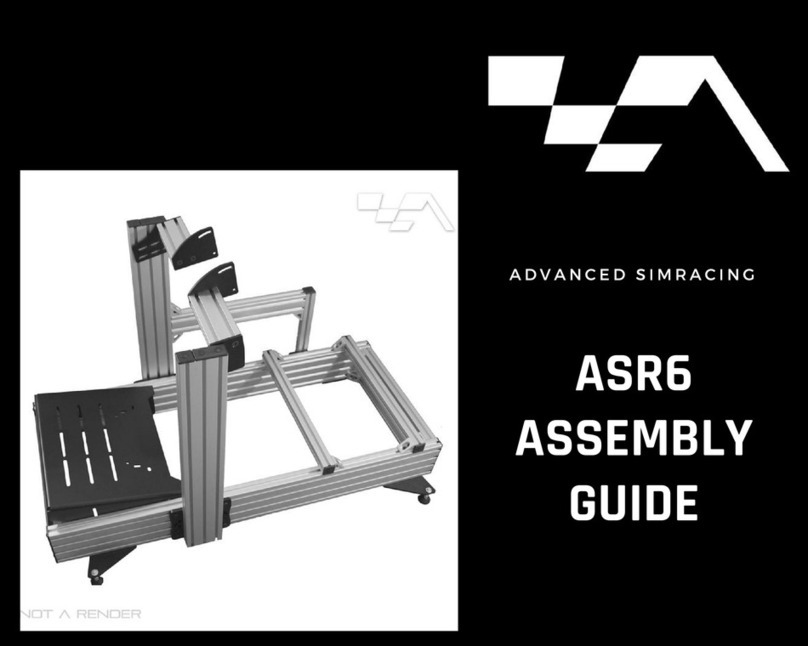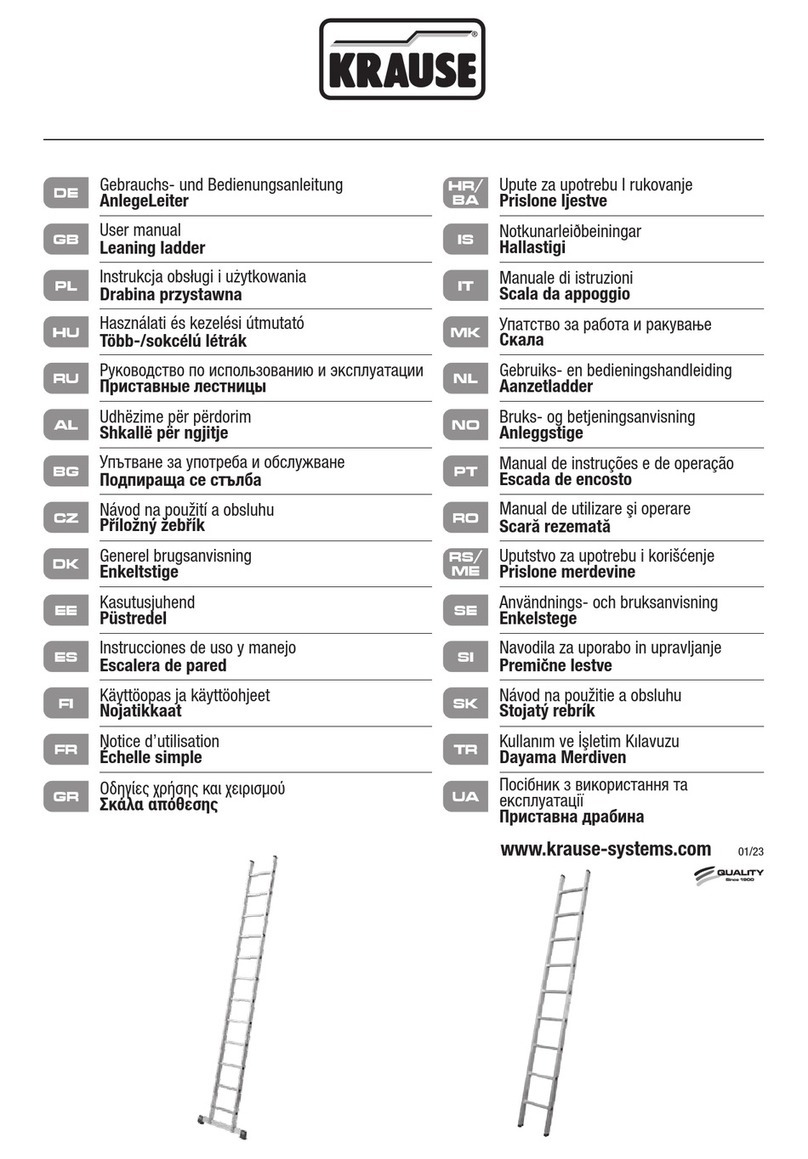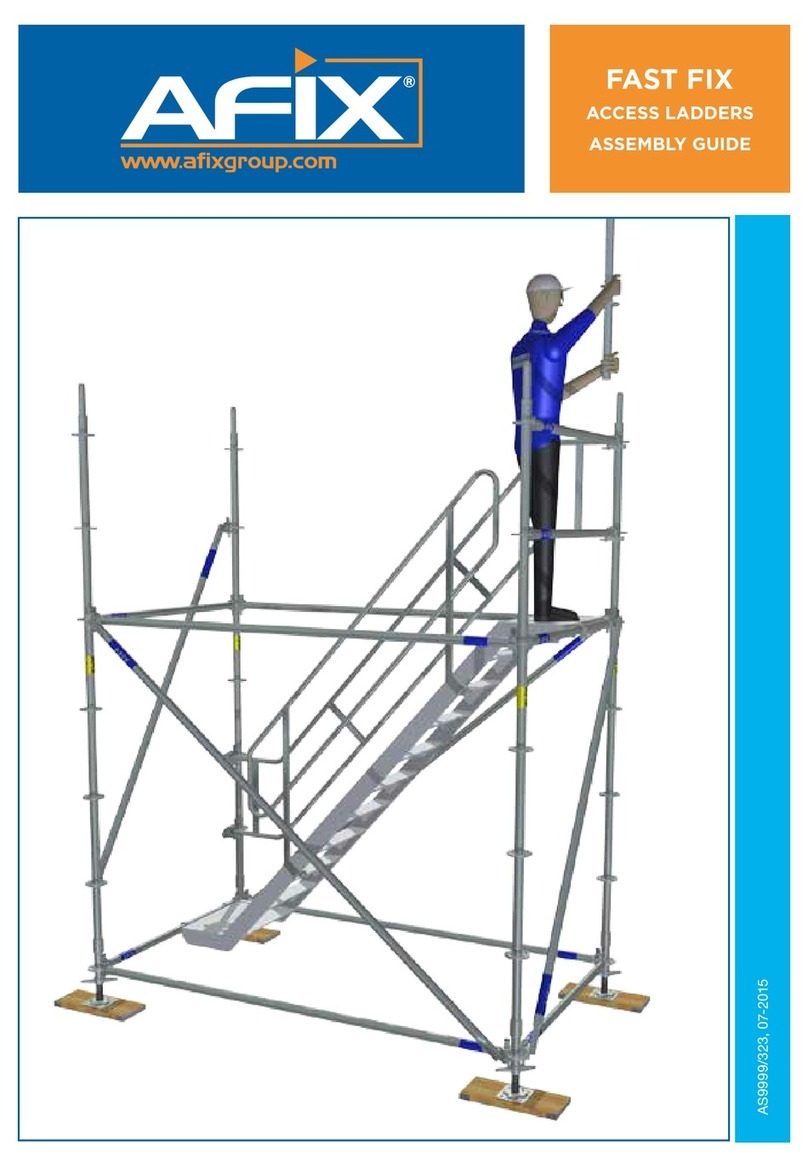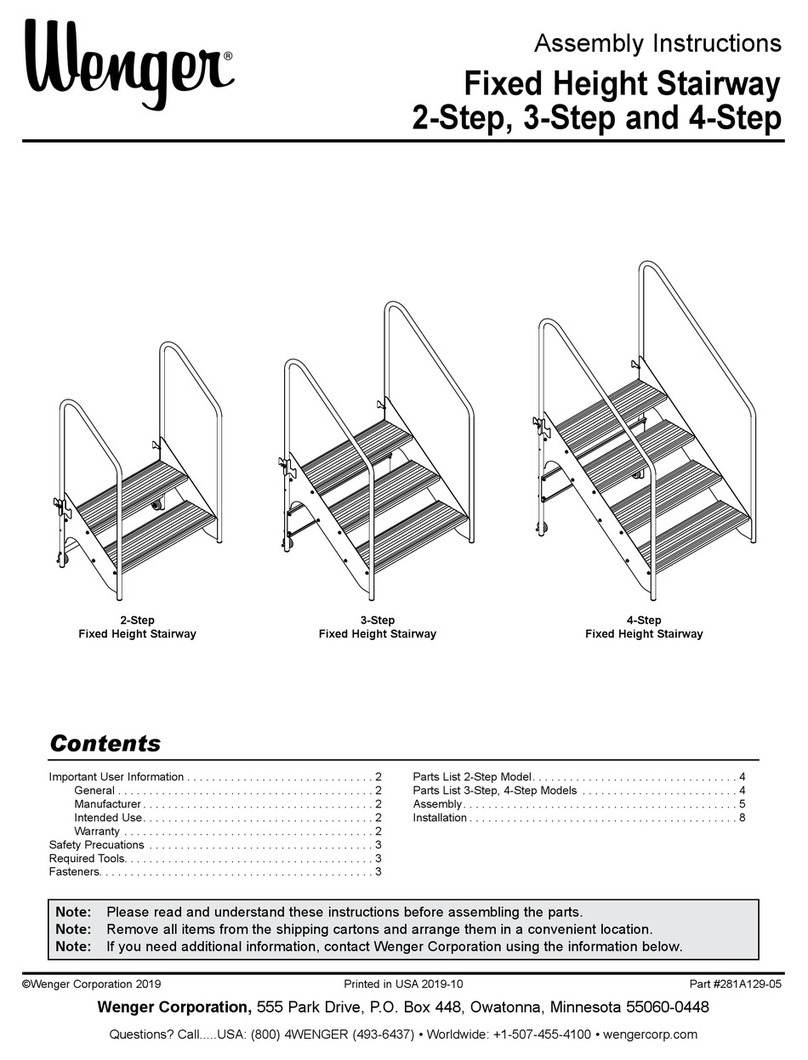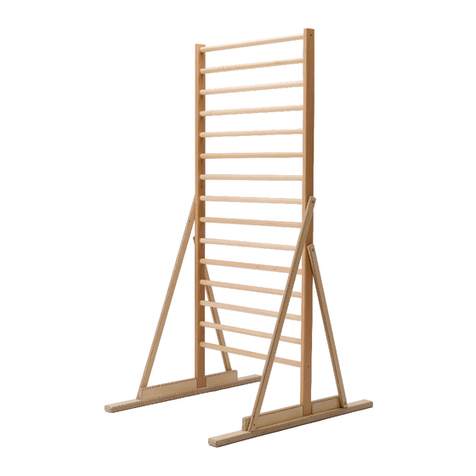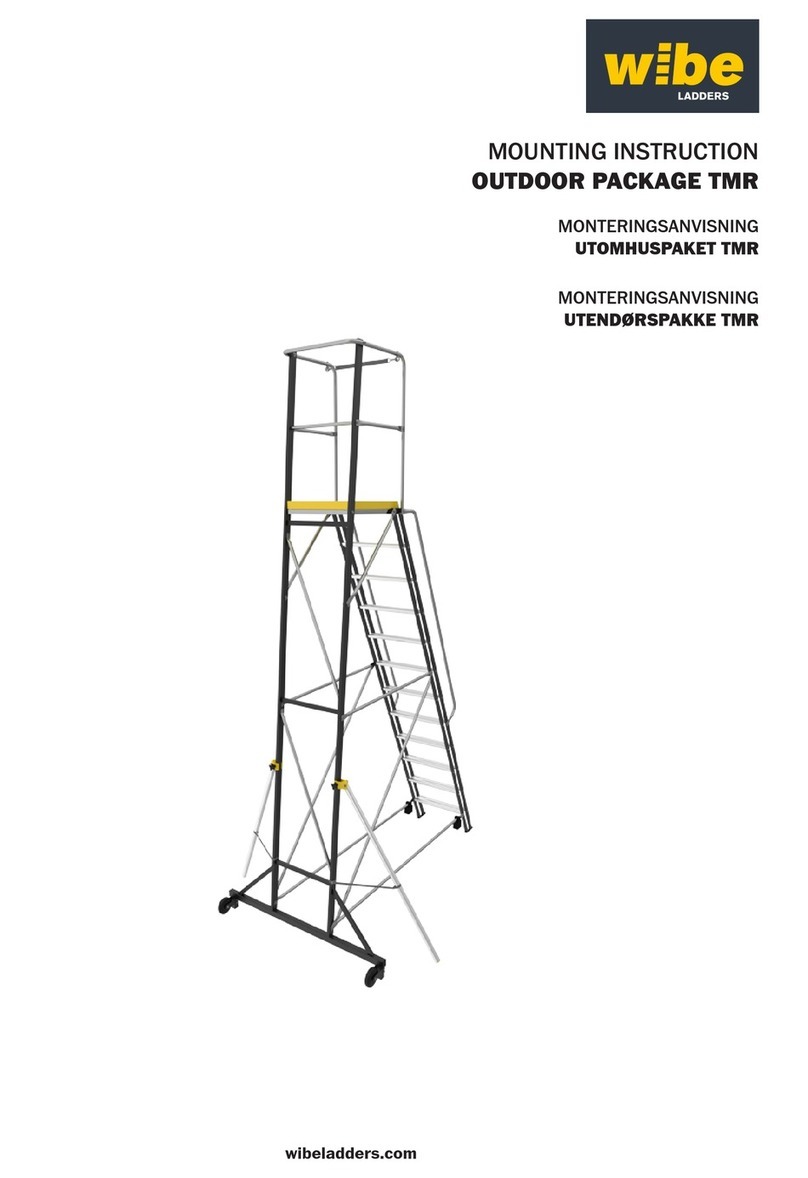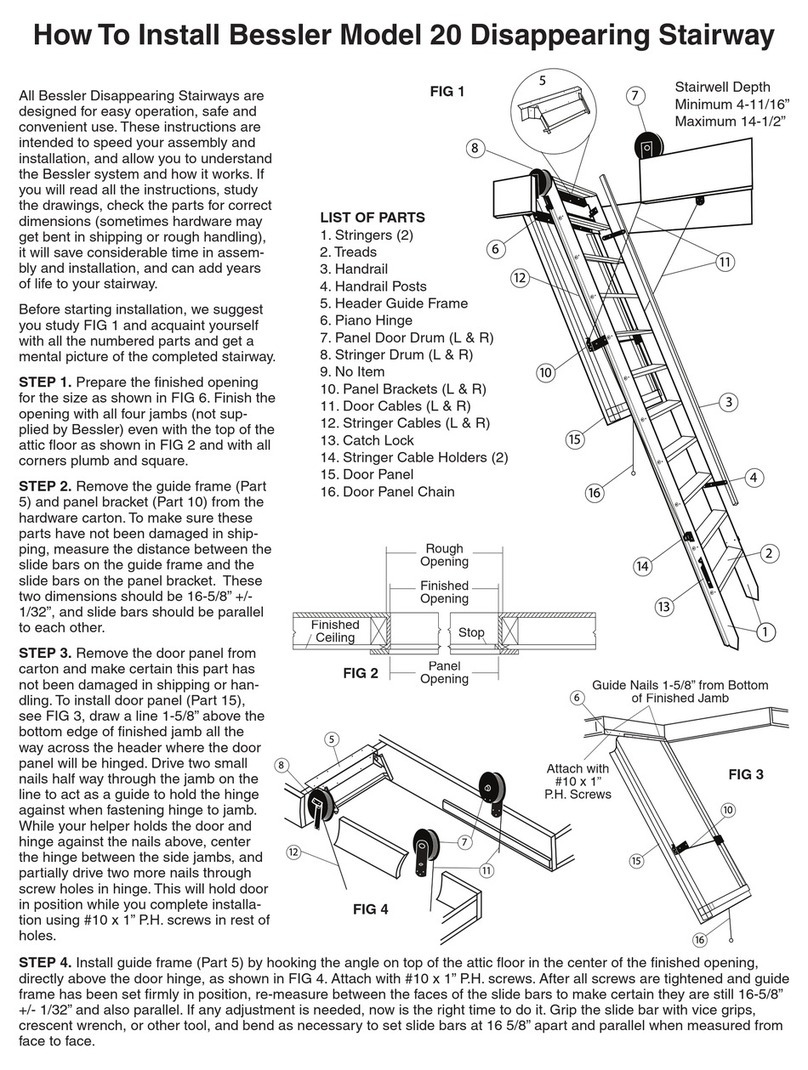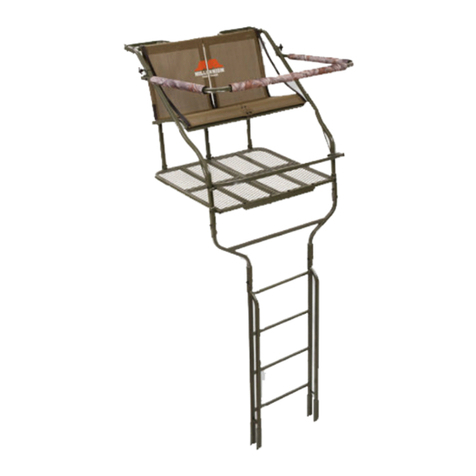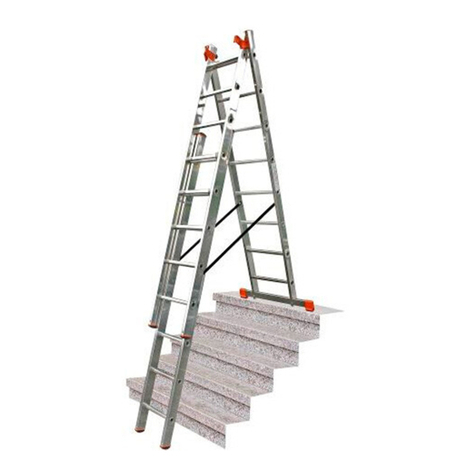Page 1
TABLE OF CONTENTS
Table of contents....................................................................................................................................... 0
I INSTALLATION INSTRUCTIONS FOR THE SAFERAIL FALL ARREST SYSTEM................................... 3
1. BEFORE INSTALLATION ............................................................................................................... 3
2. INSTALLATION OF THE SAFERAIL LADDERS –SINGLE STEP, TWIN STEP, AND HANDRAIL
LADDER MODELS.................................................................................................................................. 3
2.1 Forbidden method of installation............................................................................................... 3
2.2 Installation direction................................................................................................................... 3
2.3 Fasteners used for installation .................................................................................................. 4
2.4 Fixing distance between fasteners............................................................................................ 4
2.5 Joining of SafeRail ladder elements.......................................................................................... 4
2.6 Ground Clearance....................................................................................................................... 4
2.7 Installation of SafeRail Carriage Stopper-carriage barriers...................................................... 4
2.8 Installation of SafeRail instructional signs................................................................................ 4
2.9 Things to be adhered to in connection to installation .............................................................. 5
3. INSTALLING A VERTICAL SAFERAIL-SAFETY RAIL ON AN EXISTING LADDER....................... 5
3.1 Forbidden method of installation............................................................................................... 5
3.2 Installation direction................................................................................................................... 5
3.3 Fasteners used for installation .................................................................................................. 5
3.4 Fixing distances ......................................................................................................................... 5
3.5 Joining of Vertical SafeRail-safety rails..................................................................................... 6
3.6 Ground Clearance....................................................................................................................... 6
3.7 Installation of SafeRail Carriage Stopper-carriage barriers...................................................... 6
3.8 Installation of SafeRail instructional signs................................................................................ 6
3.9 Things to be adhered to during installation.............................................................................. 6
4. USE AND INSTALLATION OF FASTENERS BASED ON THE SAFERAIL CLAMP-RAIL
FASTENER.............................................................................................................................................. 7
4.1 Installation of the SafeRail Clamp-rail fastener......................................................................... 7
5. USE AND INSTALLATION OF HANDRAIL LADDER FASTENERS................................................ 7
5.1 Installation of the Handrail Ladder Fastener............................................................................. 7
6. USE AND INSTALLATION OF THE UNLOCKING CARRIAGE STOPPER-CARRIAGE BARRIER
MM 312.................................................................................................................................................... 8
6.1 Installation of the unlocking Carriage Stopper-carriage barrier MM 312................................. 8
7. USE AND INSTALLATION OF UNLOCKING CARRIAGE STOPPER-CARRIAGE BARRIER MM
311 9
7.1 Installation of the unlocking Carriage Stopper-carriage barrier MM 311................................. 9
8. USE AND INSTALLATION OF THE CARRIAGE GUIDE MM 301...................................................10
8.1 Installation of the Carriage Guide MM 301................................................................................10

